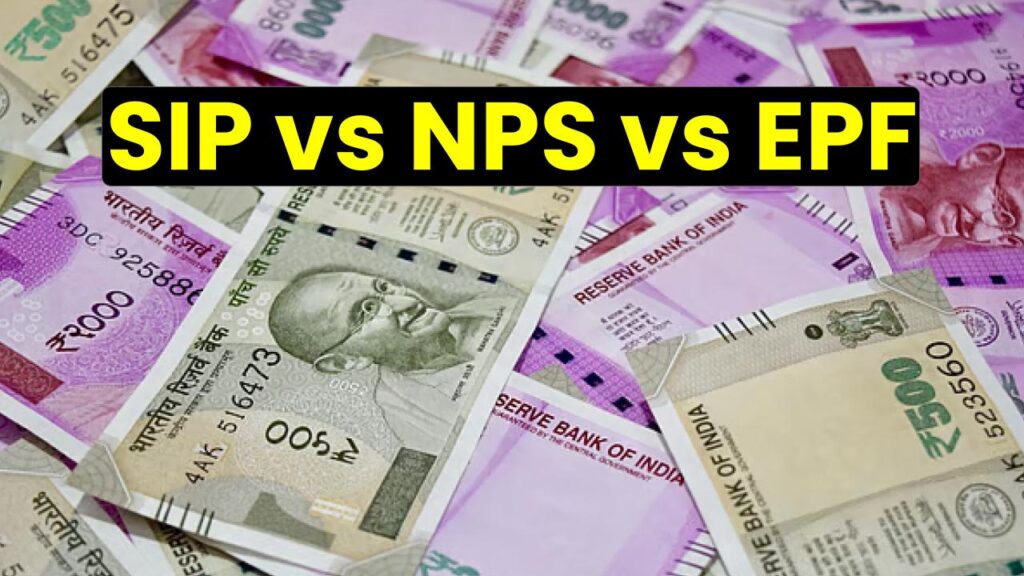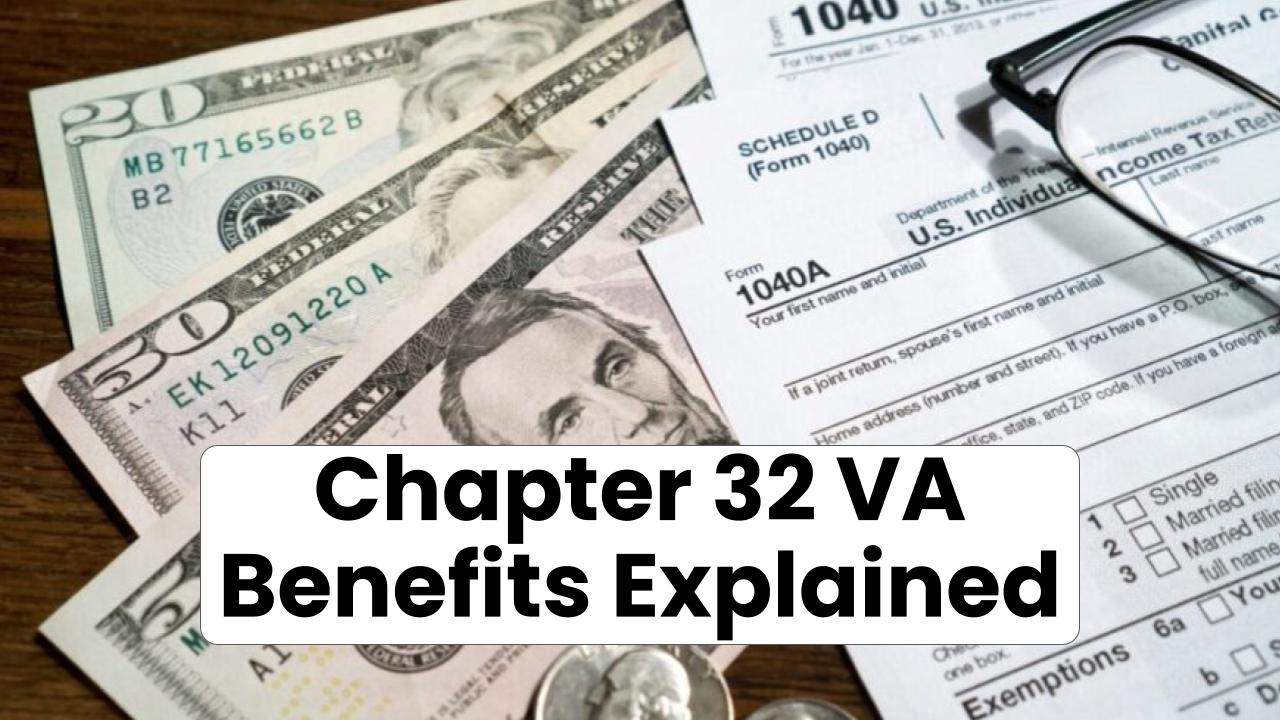If you’re asking, “SIP vs NPS vs EPF: Which Investment Will Make You Richer at Retirement?” you’re not alone. With rising living costs, inflation that just won’t quit, and people living longer than ever, planning for retirement is no longer a nice-to-have—it’s a must. Whether you’re a 25-year-old college grad just starting out or a 40-something looking to secure your future, understanding where to park your hard-earned cash is essential.

Each of these investment tools—SIP (Systematic Investment Plan), NPS (National Pension System), and EPF (Employees’ Provident Fund)—serves a unique purpose, and choosing the right one can seriously impact your nest egg when you’re ready to hang up your boots.
SIP vs NPS vs EPF
| Feature | EPF (Employees’ Provident Fund) | NPS (National Pension System) | SIP (Systematic Investment Plan) |
|---|---|---|---|
| Typical Returns | ~8.15% (fixed) | ~9-12% (market-linked) | ~10-14% (equity mutual funds) |
| Risk Level | Low | Moderate | High |
| Tax Benefits | Tax-free under 80C | 80C + extra ₹50,000 under 80CCD(1B) | LTCG tax only after ₹1 lakh |
| Liquidity | Restricted until retirement | Locked till 60 (partial allowed) | Highly flexible |
| Withdrawal Rules | Lump sum at exit | 60% lump sum + 40% annuity | Self-managed withdrawals |
| Official Resource | EPF India | NPS India | SEBI India |
When it comes to SIP vs NPS vs EPF, there’s no one-size-fits-all answer. Your age, job type, risk tolerance, and retirement goals should guide your mix. Ideally, you want the safety of EPF, the structure of NPS, and the growth power of SIPs working together. So be smart, plan early, and don’t put all your eggs in one basket. Because if done right, your 60s can be all about sipping pina coladas—not pinching pennies.
What Is SIP, NPS, and EPF? (And Why Should You Care?)
EPF – The OG Retirement Fund
EPF is the go-to savings tool for salaried folks in India. Employers and employees both contribute 12% of basic pay into this fund. The current interest rate is around 8.15%, and the entire corpus is tax-free if withdrawn after five years.
Pros:
- Guaranteed, stable returns
- Fully tax-exempt
- Safe and government-backed
Cons:
- Limited liquidity
- Not available to self-employed
NPS – Government’s Structured Pension Plan
NPS is a voluntary, long-term investment for retirement under the Pension Fund Regulatory and Development Authority (PFRDA). Returns are market-linked, and investors can choose equity, corporate bonds, and government securities. It gives you extra tax benefits beyond the 80C limit.
Pros:
- Flexible asset allocation
- Higher potential returns
- Additional tax breaks
Cons:
- Lock-in until 60
- 40% must go into an annuity, which is taxable
SIP – Flexibility Meets Growth
SIP is just a disciplined way of investing in mutual funds, mostly equities. You can start with as little as ₹500/month, and it’s ideal for people with a long time horizon and higher risk appetite.
Pros:
- High growth potential
- Full liquidity
- You control everything
Cons:
- Market risk involved
- Requires discipline and financial knowledge
SIP vs NPS vs EPF: Let’s Talk Money
Let’s say you invest ₹11,000/month for 30 years:
- EPF (@8.15%): ~₹1.69 crore
- NPS (@12.8%): ~₹4.71 crore (but part of it goes to annuity)
- SIP (@12%): ~₹3.9 crore
Yep, those numbers aren’t typos.
Key Insight: SIP and NPS are your best bets if you want to build serious wealth. But EPF is your safety net.
Which One Should You Choose?
In Your 20s
Go heavy on SIPs and NPS with high equity exposure. You’ve got time on your side, so take some risks.
In Your 30s
Start balancing out. Keep the SIPs running, maybe scale up EPF if you’re salaried, and choose a moderate-risk NPS option.
In Your 40s & 50s
Shift towards EPF and debt-based NPS. The goal now is capital protection and steady returns.
For Self-Employed
You don’t get EPF, but you can (and should) invest in SIPs and NPS to build your retirement.
Expert Pro Tips
- Max Out Tax Savings: Combine 80C (EPF/NPS) with 80CCD(1B) (NPS extra ₹50,000)
- Don’t Time the Market: With SIPs, consistency beats timing
- Use Auto-Choice in NPS if you’re not financially savvy
- Track Your Returns every year and rebalance if needed
FAQs
Q1: Can I invest in all three options?
A: Absolutely. Many professionals use all three for diversification, tax-saving, and liquidity.
Q2: Which gives the highest returns?
A: Historically, SIPs in equity mutual funds have outperformed both EPF and NPS.
Q3: What if I want early retirement?
A: SIPs and EPF offer more liquidity before age 60. NPS has tighter rules.
Q4: Is NPS better than EPF?
A: Depends. NPS can give higher returns, but it also has stricter withdrawal rules and taxable annuity.
Q5: Are returns from SIP guaranteed?
A: Nope. They’re market-linked. But over 10-15 years, they tend to outperform most other investments.








